New HD Photo of Ultima Thule Looks Like a Giant Beat Up BB-8
It's our best view yet.
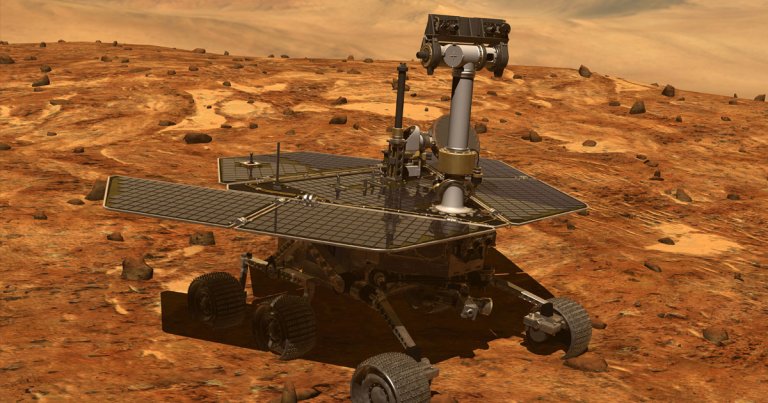
"Under the assumption that this is the end, it feels good. I mean that."

The pregnancy could give new hope to infertile couples everywhere.

Only the targeted person could hear the message.

Nothing lasts forever.
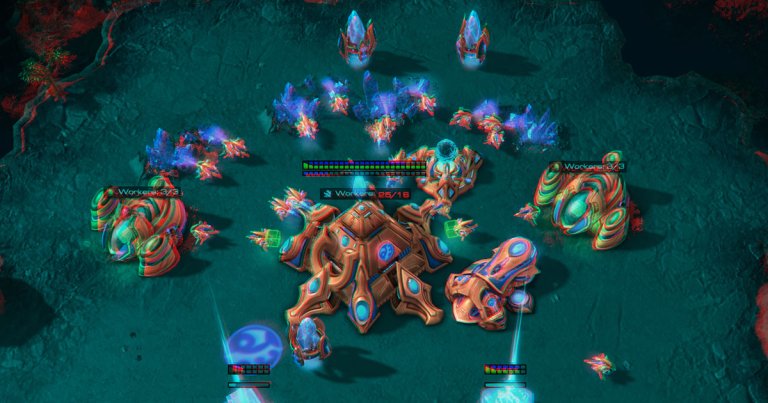
"In a way, beating humans at games has gotten boring."
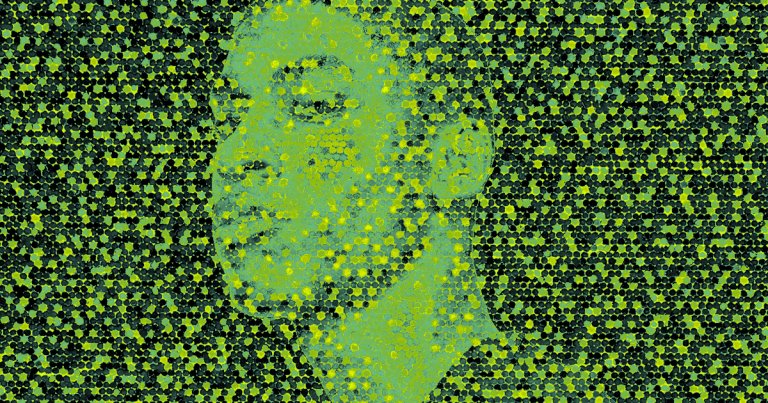
The company denied the findings, saying it's since updated Rekognition.
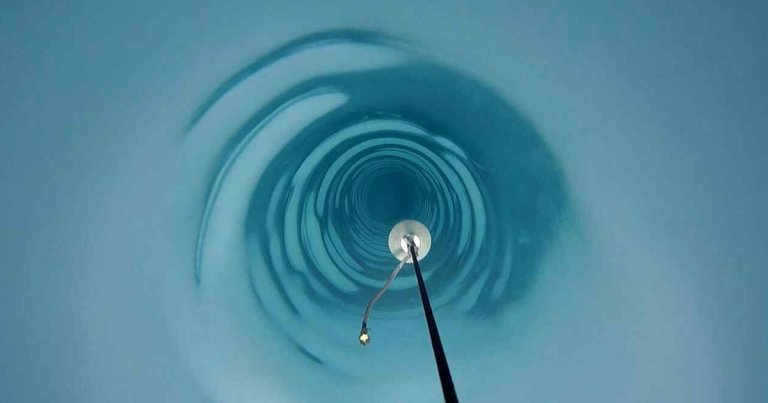
The record-setting hole is more than a mile deep.

The monkeys are clearly not well.

Surveillance cameras can now use walls as if they're mirrors.

It has an idea for a tiny sensor that could save your life.

CEO Tim Cook called it "the mother of all AI projects" in 2017.
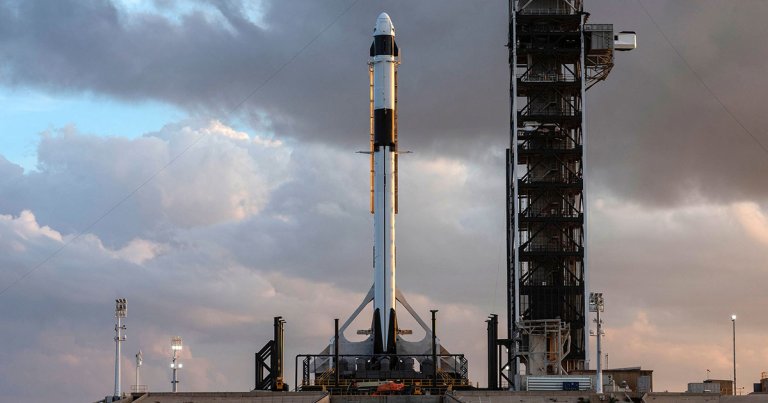
SpaceX plans to launch the first astronauts from American soil since 2011.

It's like Google Street View that anyone can contribute to.

A scary "new abnormal" is taking hold.

But they won't be making conventional, pressurized suits.
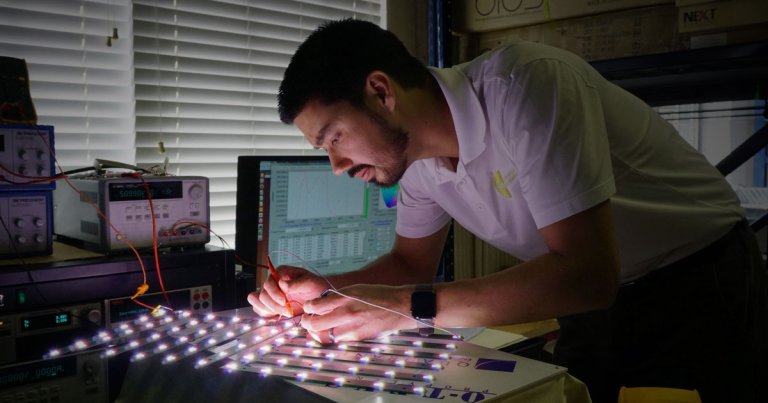
"We’re in this constant twilight that’s neither day nor night.”

"You’ll be able to drive it from your phone remotely like a big RC car."

The milk man is making a comeback.

The same collision that broke the Moon off the Earth might have also caused living organisms.